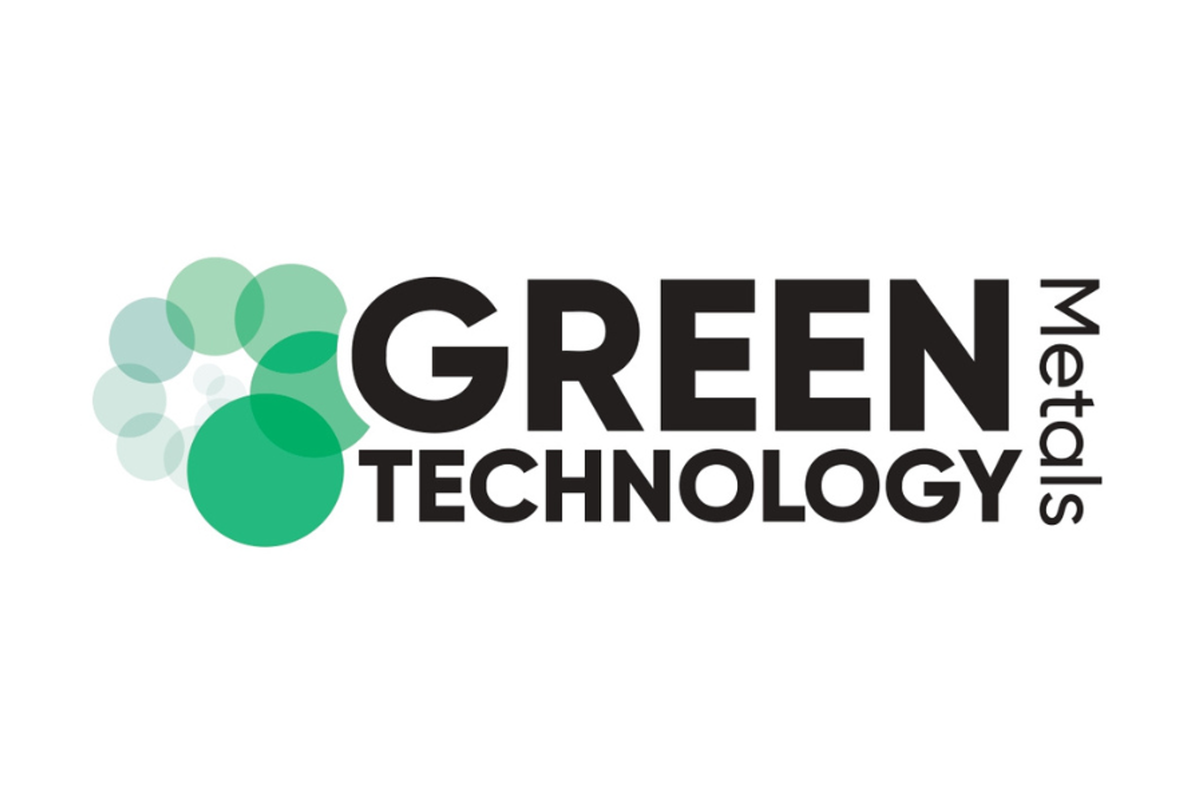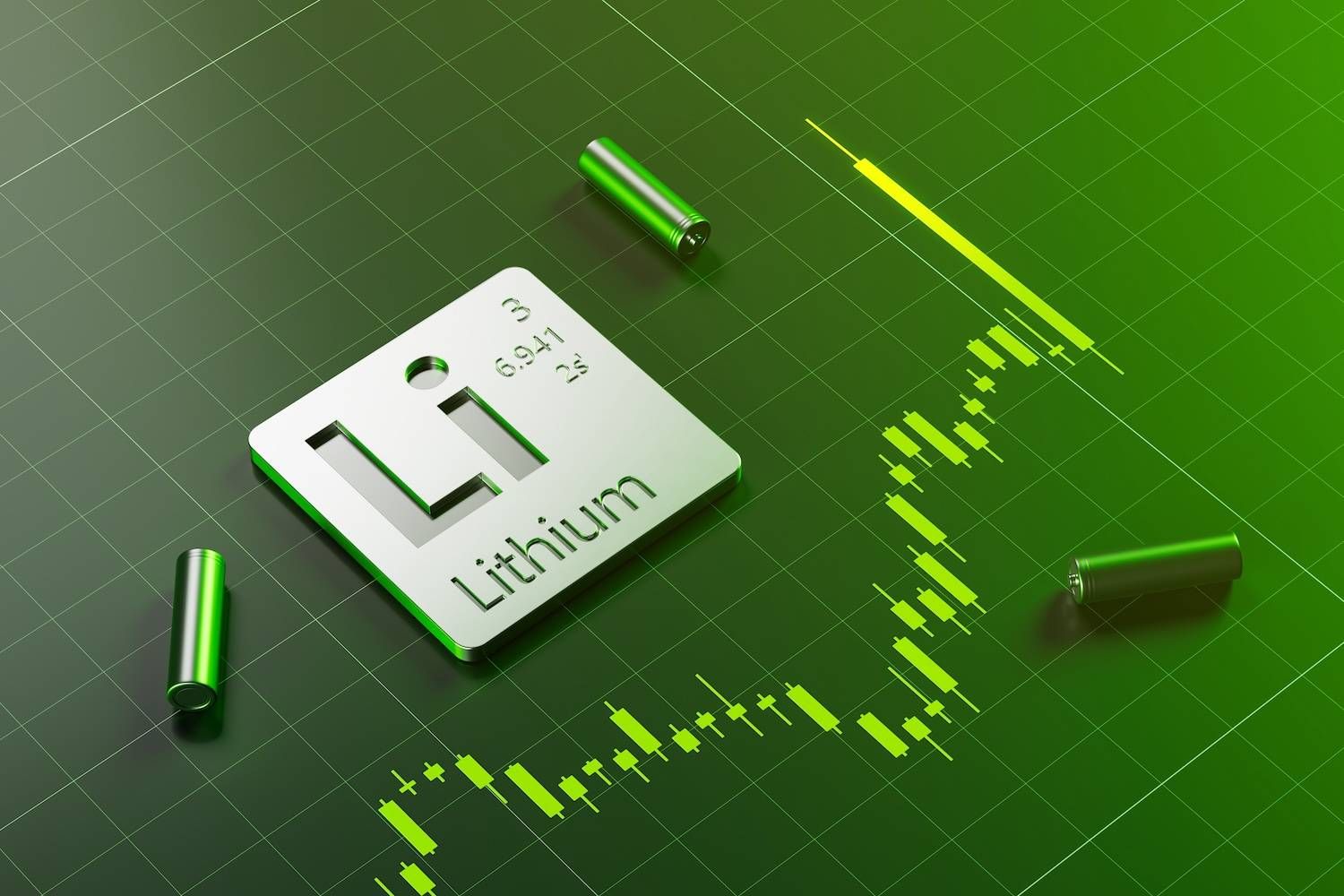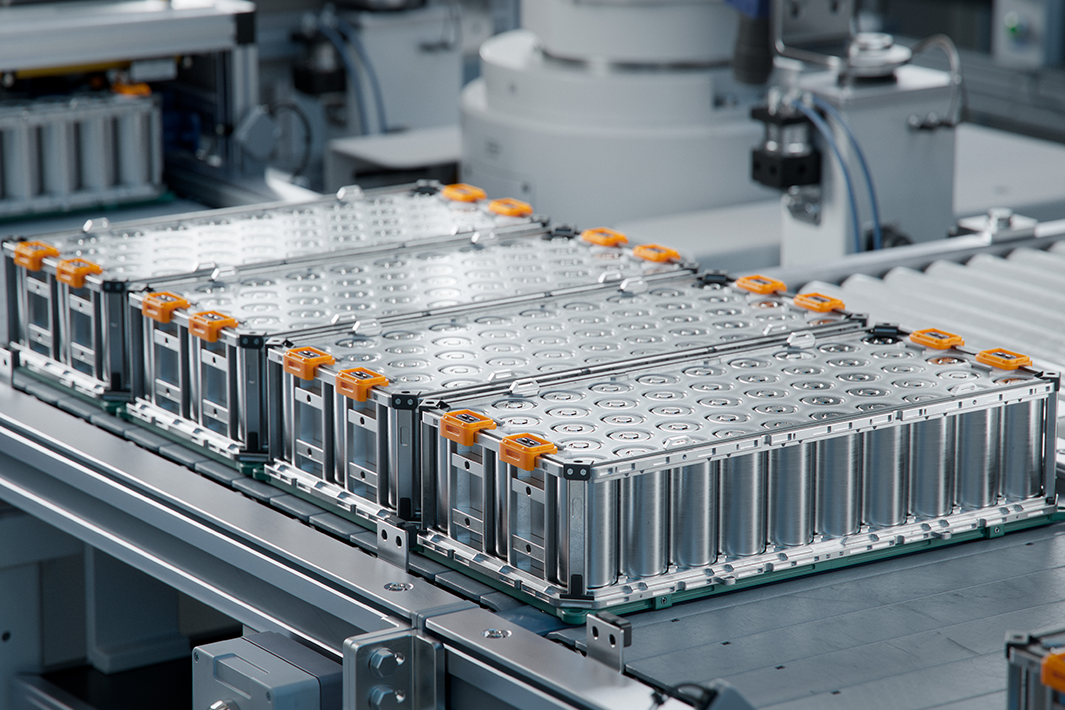
March 15, 2023
Financial Report For The Period Ending 31 December 2022
Green Technology Metals Limited (ASX: GT1) (GT1 or the Company), is pleased to present its Financial Report.
The directors present their report, together with the financial statements, on the consolidated entity (referred to hereafter as the 'consolidated entity') consisting of Green Technology Metals Limited (referred to hereafter as the 'company' or 'parent entity') and the entities it controlled at the end of, or during, the half-year ended 31 December 2022.
Directors
The following persons were directors of Green Technology Metals Limited during the whole of the financial half-year and up to the date of this report, unless otherwise stated:
Mr John Young (Non-executive Chairman)
Mr Cameron Henry (Non-executive Director)
Mr Patrick Murphy (Non-executive Director)
Mr Robin Longley (Non-executiveDirector)
Principal activities
During the financial half-year the principal continuing activities of the consolidated entity consisted of Exploration and Evaluation activities in Canada.
Review of operations
Key highlights of the Company’s operations during the half year ended 31 December 2022, include:
Seymour Project
North Aubry
Diamond drilling has continued at the North Aubry lithium deposit with drilling results returned during the reporting period indicating intersections at North Aubry were shallower and thicker than originally modelled, increasing the mineralised volumes in the targeted strike and down dip extensions. Subsequent drilling at the Seymour Project will focus on the lateral extents of both the Aubry Complex and Pye Complex.
Pye
On-ground reconnaissance exploration at the broader Pye prospect (Pye Complex) has been successful in tracing pegmatite exposure north-south along its strike (Pye Eastern Limb) and culminating at the interpreted syn-form keel in the north. Field geologists have also navigated part of the Pye Western Limb in preparation for target reconnaissance, mapping and drilling.
Drill testing at Pye targeted the axial plane of the Pye syn-form as well as the western and eastern limbs of the syn-form where numerous alternating magnetic highs and lows suggest structural extension and the potential for pegmatite swarm inflows, as have occurred at North Aubry.
Click here for the full ASX Release
This article includes content from Green Technology Metals, licensed for the purpose of publishing on Investing News Australia. This article does not constitute financial product advice. It is your responsibility to perform proper due diligence before acting upon any information provided here. Please refer to our full disclaimer here.
GT1:AU

Sign up to get your FREE
Green Technology Metals Investor Kit
and hear about exciting investment opportunities.
- Corporate info
- Insights
- Growth strategies
- Upcoming projects
GET YOUR FREE INVESTOR KIT
The Conversation (0)
17 September 2025
Green Technology Metals
Delivering the next lithium hub in North America
Delivering the next lithium hub in North America Keep Reading...
30 November 2025
Altris Engineering Appointed to Optimise & Lead Seymour DFS
Green Technology Metals (GT1:AU) has announced Altris Engineering Appointed to Optimise & Lead Seymour DFSDownload the PDF here. Keep Reading...
17 November 2025
Ontario Lithium Project Development Update
Green Technology Metals(GT1:AU) has announced Ontario Lithium Project Development UpdateDownload the PDF here. Keep Reading...
31 October 2025
Quarterly Activities/Appendix 5B Cash Flow Report
Green Technology Metals(GT1:AU) has announced Quarterly Activities/Appendix 5B Cash Flow ReportDownload the PDF here. Keep Reading...
12 October 2025
Successful A$4.5m Two Tranche Placement
Green Technology Metals (GT1:AU) has announced Successful A$4.5m Two Tranche PlacementDownload the PDF here. Keep Reading...
09 October 2025
Trading Halt
Green Technology Metals (GT1:AU) has announced Trading HaltDownload the PDF here. Keep Reading...
01 January
Lithium Market Forecast: Top Trends for Lithium in 2026
The lithium market heads into 2026 after one of its most punishing years in recent memory, shaped by deep oversupply, weaker-than-expected electric vehicle (EV) demand and sustained price pressure. In 2025, lithium carbonate prices in North Asia sank to four year lows, forcing production cuts... Keep Reading...
29 December 2025
SQM, Codelco Seal Landmark Lithium Joint Venture in Salar de Atacama
Sociedad Quimica y Minera (SQM) (NYSE:SQM) and Codelco have finalized their long-awaited partnership, forming a new joint venture that will oversee lithium production in Chile’s Salar de Atacama through 2060.SQM announced on Saturday (December 27) that it has completed its strategic partnership... Keep Reading...
24 December 2025
Altius Minerals to Expand Portfolio with C$520 Million Lithium Royalty Deal
Altius Minerals (TSX:ALS,OTCQX:ATUSF) is making a bet on a lithium market recovery, agreeing to acquire Lithium Royalty (TSX:LIRC) in a C$520 million deal that will expand its exposure to battery metals.Under a definitive agreement announced by the two companies on Monday (December 22), Altius... Keep Reading...
23 December 2025
Liontown's First Tjiwarl Member Completes Apprenticeship at Kathleen Valley
Liontown (ASX:LTR,OTC Pink:LINRF) has reached a milestone at its Kathleen Valley operations, with Vaughan Harris becoming the first Tjiwarl community member to complete an apprenticeship with the company.“Being the first Tjiwarl apprentice to complete an apprenticeship here at Liontown feels... Keep Reading...
22 December 2025
Lithium Market 2025 Year-End Review
The global lithium market endured a bruising 2025, with persistent oversupply and softer-than-expected electric vehicle (EV) demand driving prices for the battery metal to multi-year lows.Lithium carbonate prices in North Asia slipped below US$9,550 per metric ton in February — their weakest... Keep Reading...
11 December 2025
Mining the Gap: 5 Forces Shaping North America’s Lithium Supply Chain
A convergence of industry investments, government initiatives and a shifting global trade dynamic is creating an environment ripe for the development of a North American battery supply chain, with lithium playing a leading role. These trends are reshaping the region’s industrial base and opening... Keep Reading...
Latest News

Sign up to get your FREE
Green Technology Metals Investor Kit
and hear about exciting investment opportunities.
- Corporate info
- Insights
- Growth strategies
- Upcoming projects
GET YOUR FREE INVESTOR KIT
Interactive Chart
Latest Press Releases
Related News
TOP STOCKS
American Battery4.030.24
Aion Therapeutic0.10-0.01
Cybin Corp2.140.00









